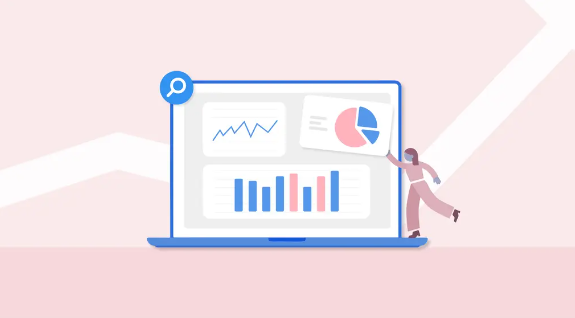
In the digital realm, where visibility and reach determine success, SEO content grading emerges as a crucial tool for optimizing content and propelling it toward greater visibility.
Understanding how this process works and its impact on digital reach is essential for any business striving for online prominence. Let’s delve into the significance of SEO content grading and how it catalyzes expanding digital horizons.
Deciphering SEO Content Grading
SEO content grading is the evaluation process that assesses the quality, relevance, and optimization of content to align with search engine requirements. It’s not just about the text; it encompasses various facets contributing to a webpage’s visibility.
The Power of Optimization: Elevating Content Quality
SEO content grading focuses on optimizing content for search engines and user intent simultaneously. It ensures content is not only well-crafted but also aligns with targeted keywords, user queries, and search engine guidelines.
Keywords: The Pillars of Visibility
At the heart of SEO content grading lie keywords. SEO Content Grader tools evaluate keyword usage, density, and relevance to gauge how well content aligns with search intent, enabling content creators to optimize effectively.
User-Centric Approach: Enhancing Engagement
Optimized content isn’t just for search engines; it’s for the audience. SEO content grading prioritizes user experience, encouraging engaging content that captivates, educates, and compels action.
Technical Aspects: Ensuring Smooth Performance
Beyond content, SEO content grading evaluates technical aspects like page speed, mobile responsiveness, and proper HTML structure. These factors contribute significantly to the user experience and search engine rankings.
Grading Criteria: From Readability to Relevance
SEO content graders assess various criteria, including readability, uniqueness, relevance, and structure. Each aspect contributes to the overall grade, providing insights into areas needing improvement.
Improving Content Quality: From Grade Analysis to Enhancement
Analyzing grading reports allows content creators to identify weak points. From refining keywords to enhancing readability, actionable insights gleaned from grading reports refine content for maximum impact.
Competitive Edge: Standing Out in the Digital Crowd
In a competitive digital landscape, well-graded content stands out. It ranks higher, engages audiences better, and earns trust, positioning businesses as authoritative sources in their respective niches.
The Role of Grading Tools: Leveraging Insights
SEO content grading tools, ranging from software to online platforms, offer in-depth analyses. Leveraging these insights empowers content creators to optimize content proactively, fostering continuous improvement.
Driving Reach and Visibility: Grading as a Growth Catalyst
Ultimately, the goal of SEO content grading is to drive reach and visibility. Well-graded content resonates better with search engines and audiences, paving the way for increased traffic, conversions, and digital success.
In conclusion, SEO content grading isn’t merely a checklist; it’s a roadmap for digital ascendancy. By optimizing content based on grading insights, businesses elevate their online reach, engage audiences effectively, and establish themselves as authoritative voices, ultimately thriving in the competitive digital sphere.
Leave a Reply